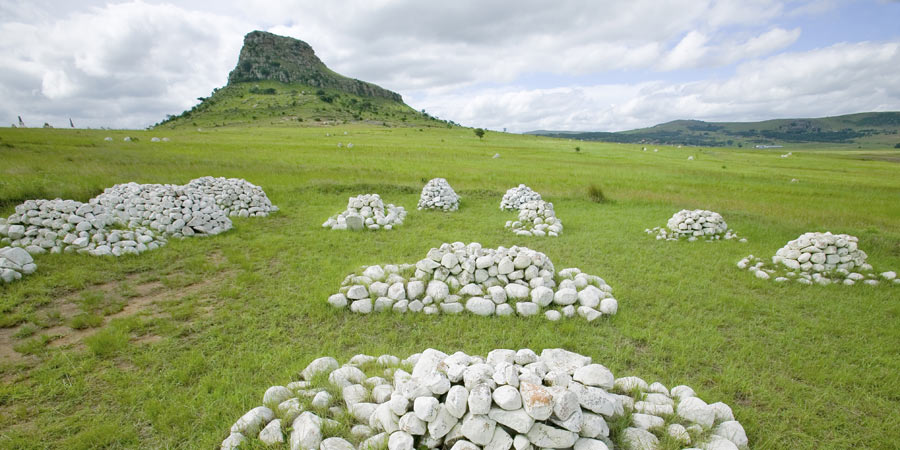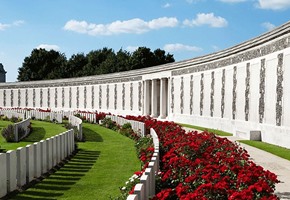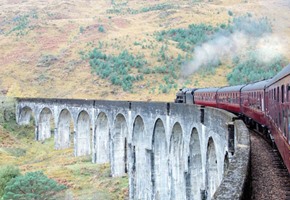The Battle
On the afternoon of January 22nd, 1879, 4,000 Zulu warriors launched an attack on Rorke's Drift on the battlefields of KwaZulu-Natal, South Africa. Here, a tiny British and colonial garrison of 139 survivors had retreated from the Battle of Isandlwana where just a few hours earlier they had suffered a heavy and humiliating defeat against the Zulu army of King Cetshwayo, losing almost 1,800 men and leaving many of the remaining soldiers sick or wounded as a result of their efforts. The mighty clash between the British and Zulu kingdoms that followed at Rorke's Drift was an extraordinary tale of perseverance. The British garrison, led by Lieutenant John Chard, Royal Engineers and Lieutenant Gonville Bromhead of the 24th Foot, fought until dawn the following morning, successfully holding off and ultimately defeating the mighty Zulu warriors.
Aftermath
In total, the Anglo-Zulu battle for territory lasted a total of six months and saw over 15,000 British troops invade the Kingdom of Zulu in present-day South Africa. The battle of Rorke's Drift did not ultimately end the Zulu War. It was not until July 1879 that, despite brave resistance from the Zulu's, the British Empire was able to claim their victory over the opposition, thus ending the Zulu's rule of the region. Yet, Rorke's Drift was still regarded as a huge victory for the British, boosting morale and restoring faith in the abilities of the soldiers. A remarkable 11 Victoria Crosses - the highest military decoration that a British and Commonwealth serviceman can be awarded, given for "gallantry in action with the enemy" - were awarded to soldiers after the Battle of Rorke's Drift; the largest number of Victoria Crosses ever given to a single regiment in history.
Movie Portrayal
In later years, the events of Rorke's Drift were immortalised by the 1964 British war film, Zulu, which depicted the events of January 22nd 1879 in grand, big-screen fashion. Starring Michael Caine in his first major movie role, Zulu is seen as a largely accurate portrayal of the events of the Battle of Rorke's Drift. Shot on location in South Africa during a time when apartheid laws were strictly enforced, the majority of the Zulu actors featured in the movie were real Zulu's, with tribal leader Mangosuthu Buthelezi, who would later become a noted politician in South Africa, playing the role of King Cetshwayo - his great-grandfather. The casting of Zulu people in the movie led to widespread rumours that, due to apartheid laws, they were prohibited from receiving pay for their performances and were instead gifted cattle - an allegation that has since been proven untrue.
At the time of its release, Zulu was a huge box office hit and remained in cinema circulation for an astonishing twelve years. Today, the war epic is beloved by many and is commended as one of the greatest war movies of all time. Indeed, the battle scenes in the movie were so tremendous that they were a source of inspiration for The Battle of Helm's Deep in The Lord of the Rings: The Two Towers; an epic battle scene which was, director Peter Jackson says, deliberately reminiscent of Zulu.
Rorke's Drift Today
An unassuming area where a natural crossing is formed on the Buffalo River, the site of Rorke's Drift today is an area of rich culture and important history. The landscape, made up of gently undulating hills and seemingly endless vistas, looks much less dramatic than the mountainous terrain portrayed in the movie Zulu. Peaceful and calm, it is difficult to fully comprehend the violence that took place here over a century ago.
The old stone house at Rorke's Drift which served as a hospital and was subsequently set alight during the ferocious battle of 1879, has been carefully rebuilt and restored in modern years. The old hospital now serves as a poignant memorial museum, noted for its moving and informative exhibits which bring to life the emotional events that shaped the country of South Africa as it is today.
In recent years, a smaller, albeit nevertheless significant conflict took place on the former battlefield. In the 1960's, Peder and Ulla Gowenius of the Church of Sweden Mission fought for the right to establish the Evangelical Lutheran Church Art and Craft Centre in disused buildings at Rorke's Drift. In an era when apartheid laws prohibited black artists from receiving a formal education, the centre worked to empower them, supporting their artistic freedom and expression and giving them the opportunity to have their voices heard through art. To this day, the ELC Art and Craft Centre design and produce a range of tapestries, woven rugs, silk-screen printed fabric and ceramics; striving to ensure that Rorke's Drift is seen as more than just the site of a famous, bloody battle, but is also celebrated for its remarkable artistic and cultural heritage in the face of adversity.






